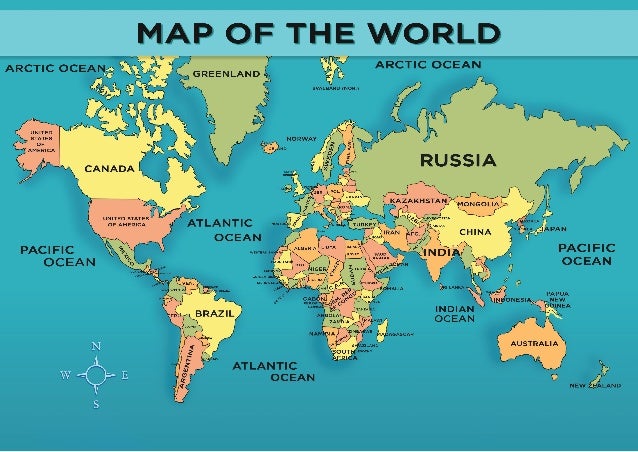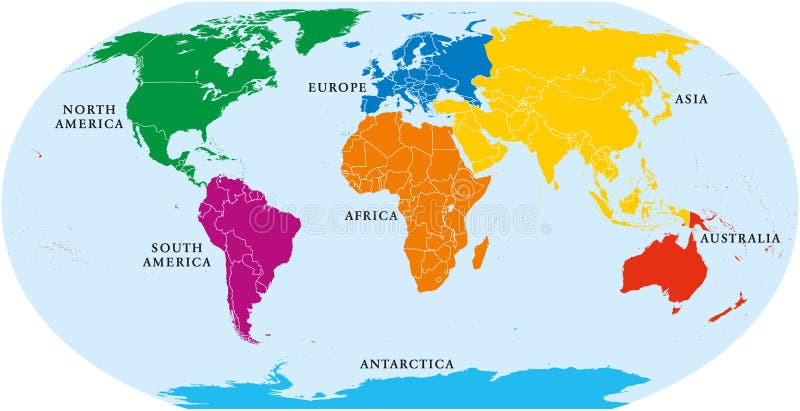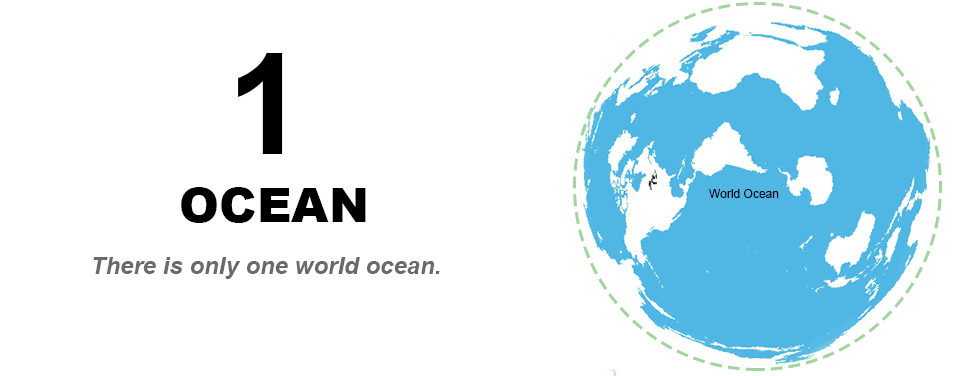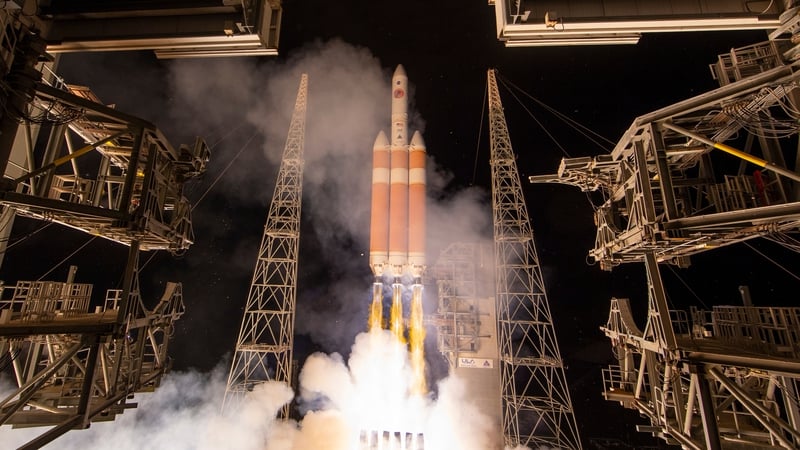The unmanned spacecraft's mission is to get closer than any human-made object ever to the center of our solar system.
A Brief Introduction To The World
 |
| The world is the planet Earth and all life upon it, including human civilization. In a philosophical context, the "world" is the whole of the physical Universe, or an ontological world. |
The history of the World is commonly understood as spanning the major geopolitical developments of about five millennia, from the first civilizations to the present. In terms such as world religion, world language, world government, and world war, the term world suggests an international or intercontinental scope without necessarily implying participation of every part of the world.
The World population is the sum of all human populations at any time; similarly, the World economy is the sum of the economies of all societies or countries, especially in the context of globalization. Terms such as "World championship", "gross World product", and "World flags" imply the sum or combination of all sovereign states.
 |
A World map is a map of most or all of the surface of the Earth. World maps form a distinctive category of maps due to the problem of projection. Maps by necessity distort the presentation of the earth's surface. These distortions reach extremes in a world map.
|
The World Continents:
A continent is one of several very large landmasses of the world. Generally identified by convention rather than any strict criteria, up to seven regions are commonly regarded as continents. Ordered from largest in area to smallest, they are: Asia, Africa, North America, South America, Antarctica, Europe, and Australia.
Geologically, the continents largely correspond to areas of continental crust that are found on the continental plates. However, some areas of continental crust are regions covered with water not usually included in the list of continents. Zealand is one such area (see submerged continents below).Islands are frequently grouped with a neighboring continent to divide all the World's land into geopolitical regions. Under this scheme, most of the island countries and territories in the Pacific Ocean are grouped together with the continent of Australia to form a geopolitical region called Oceania.
 |
This is the most widely adopted model and it classifies the following seven continents: Africa. Europe.Asia. North America. South America. Australia (or Oceania) Antarctica.
The World Ocean:
The World Ocean or Global Ocean is the interconnected system of Earth's oceanic waters, and comprises the bulk of the hydrosphere, covering 361,132,000 square kilometers of Earth's surface, with a total volume of roughly 1,332,000,000 cubic kilometers.
The unity and continuity of the World Ocean, with relatively free interchange among its parts, is of fundamental importance to oceanography. It is divided into a number of principal oceanic areas that are delimited by the continents and various oceanographic features: these divisions are the Atlantic Ocean, Arctic Ocean (sometimes considered a sea of the Atlantic), Indian Ocean, Pacific Ocean, and Southern Ocean, defined by the International Hydro-graphic Organization (IHO) in 2000, based on evidence that this region of the World Ocean has a distinct ecosystem and a unique impact on global climate.. In turn, oceanic waters are interspersed by many smaller seas, gulfs, and bays.
A global ocean has existed in one form or another on Earth for eons, and the notion dates back to classical antiquity in the form of Oceanus. The contemporary concept of the World Ocean was coined in the early 20th century by the Russian oceanographer Yuly Shokalsky to refer to the continuous ocean that covers and encircles most of Earth.
If viewed from the southern pole of Earth, the Atlantic, Indian, and Pacific Oceans can be seen as lobes extending northward from the Southern Ocean. Farther north, the Atlantic opens into the Arctic Ocean, which is connected to the Pacific by the Bering Strait, forming a continuous expanse of water.

The Pacific Ocean, the largest of the oceans, also reaches northward from the Southern Ocean to the Arctic Ocean. It spans the gap between Australia and Asia, and the Americas. The Pacific Ocean meets the Atlantic Ocean south of South America at Cape Horn.
The Atlantic Ocean, the second largest, extends from the Southern Ocean between the Americas, and Africa and Europe, to the Arctic Ocean. The Atlantic Ocean meets the Indian Ocean south of Africa at Cape Agulhas.
The Indian Ocean, the third largest, extends northward from the Southern Ocean to India, the Arabian Peninsula, and Southeast Asia in Asia, and between Africa in the west and Australia in the east. The Indian Ocean joins the Pacific Ocean to the east, near Australia.
The Arctic Ocean is the smallest of the five. It joins the Atlantic Ocean near Greenland and Iceland and joins the Pacific Ocean at the Bering Strait. It overlies the North Pole, touching North America in the Western Hemisphere and Scandinavia and Siberia in the Eastern Hemisphere. The Arctic Ocean is partially covered in sea ice, the extent of which varies according to the season. - The Southern Ocean is a proposed ocean surrounding Antarctica, dominated by the Antarctic Circumpolar Current, generally the ocean south of 60 degrees south latitude. The Southern Ocean is partially covered in sea ice, the extent of which varies according to the season. The Southern Ocean is the second smallest of the five named oceans.
|
|

 TOP STORIES
TOP STORIES















0 Comments